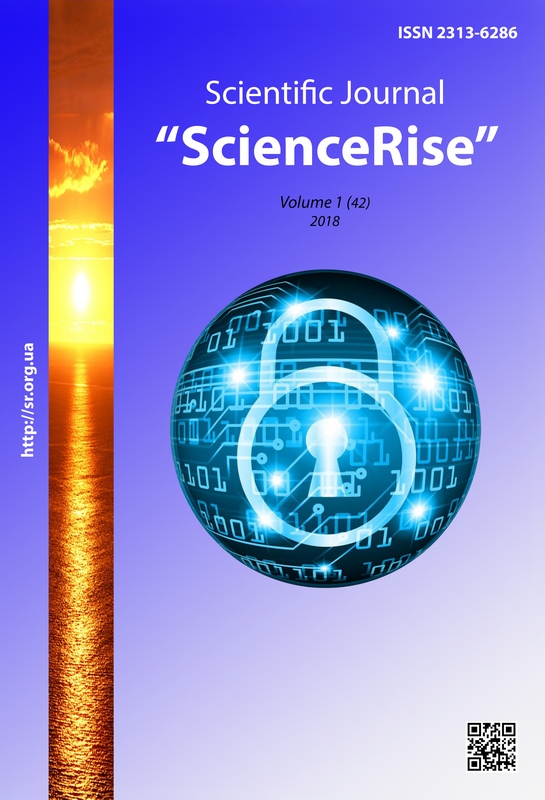Investigation of images of attribute-making elements of "crack"-type defects
DOI:
https://doi.org/10.15587/2313-8416.2018.120748Keywords:
crack, sign, image, element, observability, area, root, ravine, monitoring, identificationAbstract
The paper presents the results of an investigation of the elements of the "crack"-type defects from the point of view of the formation of characteristics characterizing their adjacent zones. This approach allows to take into account not only the actual crack, but also the generated defects in the area of its localization. The obtained results can be used in the construction of monitoring systems, recognition and identification of defects for the assessment of the state of construction sites, as well as for monitoring systems for the formation of cracks
References
Teplin, D. (1980). Mechanics of destruction. Destruction of structures. Moscow: Mir, 256.
Erdogan, F. (1980). The theory of the propagation of cracks. Moscow: Mir, 256.
Morozov, N. F. (1984). Mathematical problems in the theory of cracks. Moscow: Science, 256.
Vapnik, V. N., Chervonenkis, A. Ya. (1974). Theory of pattern recognition. Moscow: Nauka, 416.
Fomin, Ya. A. (2012). Pattern Recognition: Theory and Applications. Moscow: PHASIS, 429.
Pratt, U. (1982). Digital image processing. Moscow: Mir, 310.
Gordam, O. V. (2009). Definition of a "crack" type defect in the optical range. Mining construction, road and reclamation machines, 74, 89–93.
Vadutov, O. S. (2011). Mathematical bases of signal processing. Tomsk: Tomsk Polytechnic University, 212.
Petrov, M. N., Molochkov, V. P. (2003). Computer graphics. Saint Petersburg, 736.
Morozov, N. F. (1984). Mathematical problems in the theory of cracks. Moscow: Science, 256.
Gorda, E. V. (2011). Features of visualization of defects in construction machinery, equipment and structures based on optical range images. Theory and practice of budivnitsva, 7, 22–24.
Gorda, E. V. (2012). Investigation of the presence of a "crack" type defect on digital images of construction objects. Management of the development of complex systems, 10, 112–114.
Downloads
Published
Issue
Section
License
Copyright (c) 2018 Elena Gorda, Alekcey Puzko

This work is licensed under a Creative Commons Attribution 4.0 International License.
Our journal abides by the Creative Commons CC BY copyright rights and permissions for open access journals.
Authors, who are published in this journal, agree to the following conditions:
1. The authors reserve the right to authorship of the work and pass the first publication right of this work to the journal under the terms of a Creative Commons CC BY, which allows others to freely distribute the published research with the obligatory reference to the authors of the original work and the first publication of the work in this journal.
2. The authors have the right to conclude separate supplement agreements that relate to non-exclusive work distribution in the form in which it has been published by the journal (for example, to upload the work to the online storage of the journal or publish it as part of a monograph), provided that the reference to the first publication of the work in this journal is included.

